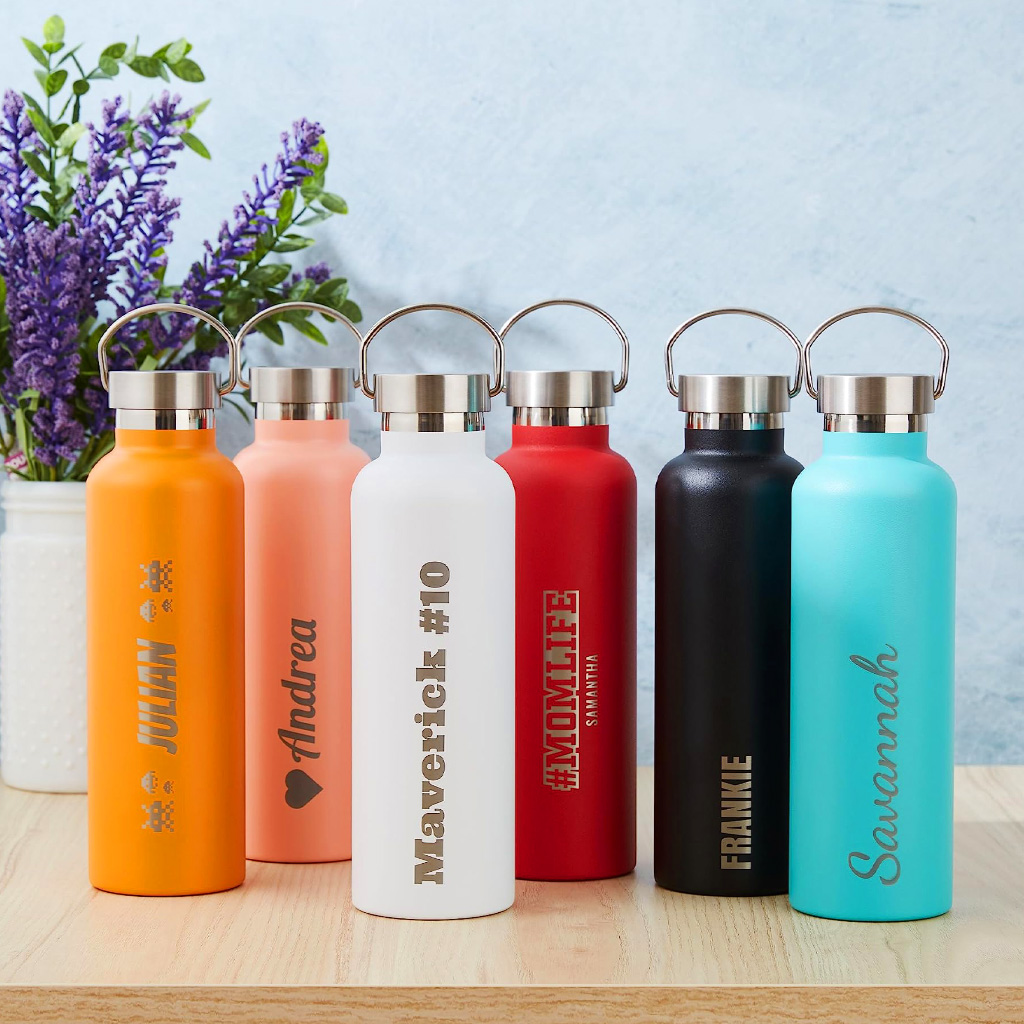Exploring the Art of Laser Engraving: Precision and Personalization
Laser engraving has revolutionized the world of customization and personalization across various industries, from manufacturing to arts and crafts. This advanced technology utilizes laser beams to etch designs, text, or patterns onto a wide range of materials with unparalleled precision and detail. Let’s delve into what laser engraving is, how it works, and its diverse applications.
What is Laser Engraving?
Laser engraving is a process where a high-powered laser beam is focused onto the surface of a material, causing it to vaporize or burn away, leaving a permanent mark. Unlike traditional methods like mechanical engraving or etching, which involve physical contact and cutting tools, laser engraving is non-contact and uses the heat of the laser to achieve its effects.
How Does Laser Engraving Work?
The process begins with a digital design or artwork, which is typically created using graphic design software. This design is then transferred to a computer-controlled laser engraving machine. The machine directs the laser beam precisely onto the material, guided by the digital file’s instructions.
The intensity and speed of the laser can be adjusted to achieve different effects, from shallow surface etching to deep engraving. This versatility allows for intricate designs and fine details, making laser engraving suitable for both simple text and complex graphics.
Materials Suitable for Laser Engraving
Laser engraving can be performed on a wide range of materials, including:
- Wood: Creates crisp, detailed designs on wooden surfaces, popular for personalized gifts and decorative items.
- Metal: Ideal for marking serial numbers, logos, or decorative patterns on metal surfaces like stainless steel, aluminum, or titanium.
- Glass: Produces elegant, frosted effects on glassware, awards, and promotional items.
- Plastic: Offers precise engraving on acrylic, ABS, and other plastic materials, often used for signage and industrial labels.
- Leather: Creates intricate patterns or personalized designs on leather goods such as wallets, belts, and bags.
Applications of Laser Engraving
The versatility of laser engraving makes it indispensable in various industries and applications:
- Personalization: Customizes gifts, jewelry, and personal items with names, dates, or meaningful messages.
- Industrial Marking: Engraves part numbers, serial numbers, and logos on components for traceability and branding.
- Signage and Advertising: Creates signage, plaques, and promotional items with precise logos and text.
- Art and Design: Enables artists and designers to create intricate patterns, textures, and artworks on various materials.
- Medical and Aerospace: Utilized for marking surgical instruments, aerospace components, and other critical parts where permanent identification is essential.
Benefits of Laser Engraving
- Precision: Offers high levels of accuracy and detail, capable of reproducing complex designs consistently.
- Versatility: Works with a wide range of materials, allowing for diverse applications across different industries.
- Efficiency: Faster than traditional engraving methods, reducing production time and costs.
- Durability: Creates permanent marks that withstand wear, weather, and environmental conditions.
Conclusion
Laser engraving is a cutting-edge technology that combines precision, versatility, and creativity to transform ordinary materials into personalized and functional works of art. Whether you’re looking to add a personal touch to gifts, enhance product branding, or create intricate artworks, laser engraving offers limitless possibilities. Embrace the art of laser engraving and explore how this innovative technology can elevate your projects and business endeavors.


